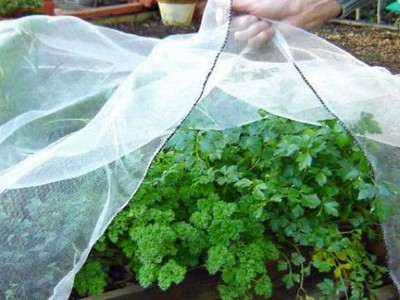Identifying Common Garden Pests
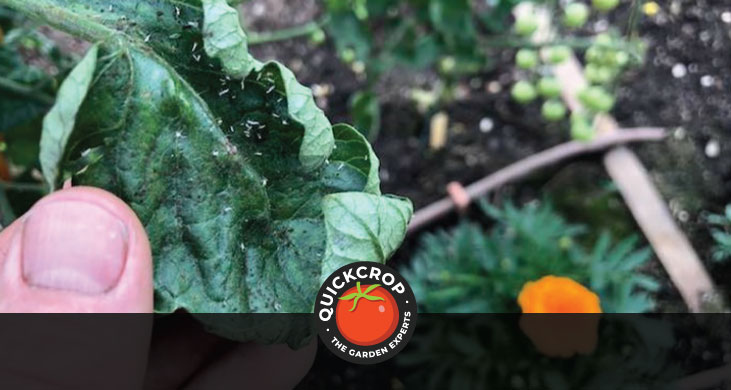
Seeing your vegetable crops decimated by garden pests can be a very disheartening sight, and it can happen seemingly overnight if proper preventative methods aren't applied. Once the garden pest or pests have been identified, you can go about controlling them.
Most insects and wildlife found in the vegetable garden are not 'pests' (and even those who we deem a nuisance are just doing what comes naturally to them, so it's harsh to call them pests in the first place); around 95% are beneficial or harmless.
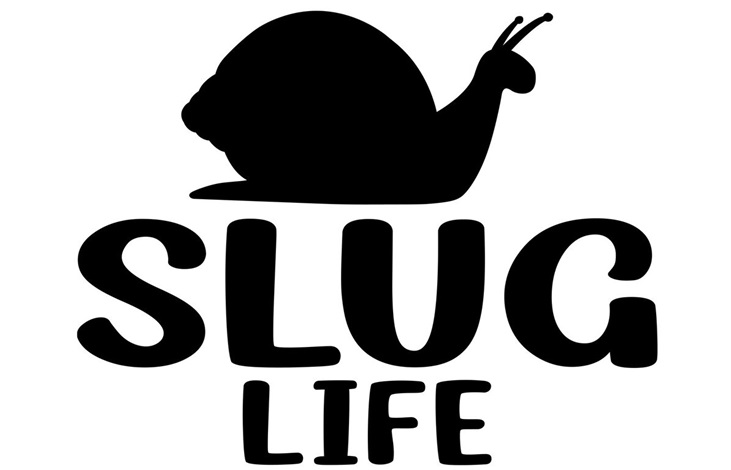
Many pests will remain in the garden, causing minimal damage to crops. Gardeners often accept this and even refer to it as "nature's tax"! It is up to the gardener to determine how much damage they can tolerate.
The best gardens are teeming with life and biodiversity. Maintaining the right balance of beneficial pests and wildlife while reducing or eliminating the populations of damage-causing insects and pests is what pest control is all about.
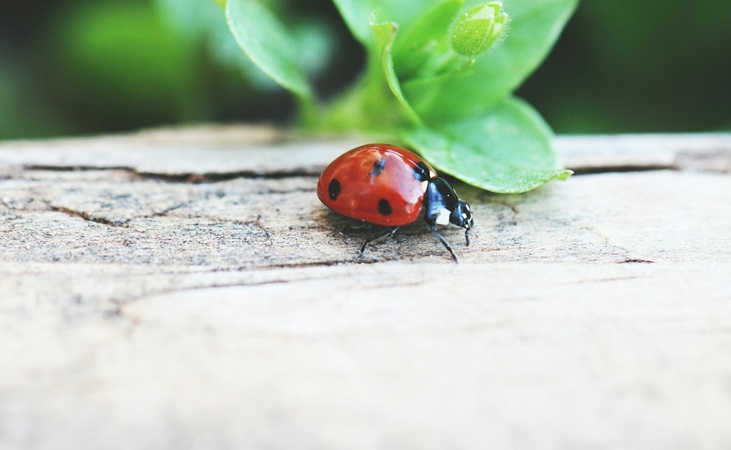
How to Attract Beneficial Insects to Your Garden
Related ArticleBy identifying and understanding common garden pests, the vegetable grower can identify potential problems and intervene early enough to prevent further damage. Regular inspections will help defeat unwanted visitors on most plants and establish a healthy growing environment.
Identification and Prevention
The easiest and most cost effective method of controlling pests is to use natural and preventative means, and indeed there are a few that work for every pest. Here is a run down of the most common and devastating vegetable garden pests.
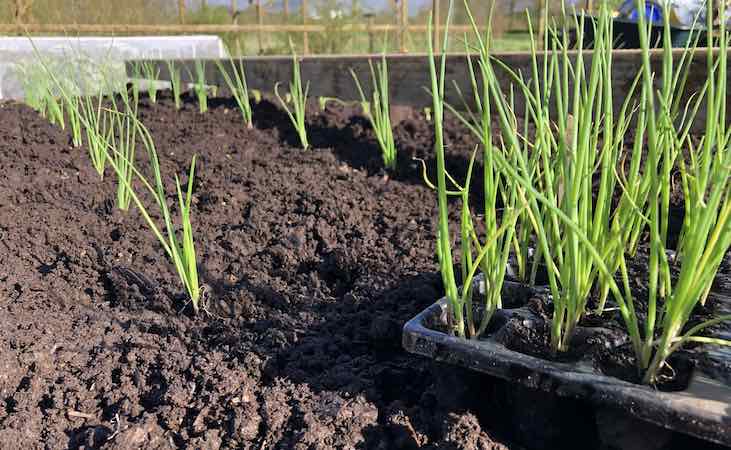
Allium Leaf Miner
Onions, garlic, shallots and leeks are susceptible to this species of fly. The adult fly and maggot cause damage to the foliage and bulb, leaving it prone to rot and fungal infection. The adult fly is tiny (about 2mm long) and greyish black in appearance.
Leaf miner will be most active in the spring and fall, with eggs being laid in neat lines on the underside of leaves.
Solutions
- Crop rotation can help here; avoid planting allium crops (e.g. onions, garlic and chives) in the same spot year after year, as larvae can overwinter in the soil.
- If an outbreak is suspected, the young plants should be protected with fine mesh netting in spring and autumn.

Enviromesh Netting Bird and Pest Protection
View Product
Animals & Pets
Think deer, rabbits, cats, dogs etc. Cats and dogs generally don't eat plants, but they can ruin them by fouling. Rabbits and deer will happily eat through your vegetable crops and can be very difficult to catch or get rid of. Once an animal gets a good feed in your garden they will keep coming back, and probably bring others with them.
The use of poison can have a detrimental effect on other wildlife, potentially poison pets and honestly it's just a bit messed up: so organic methods are strongly encouraged.
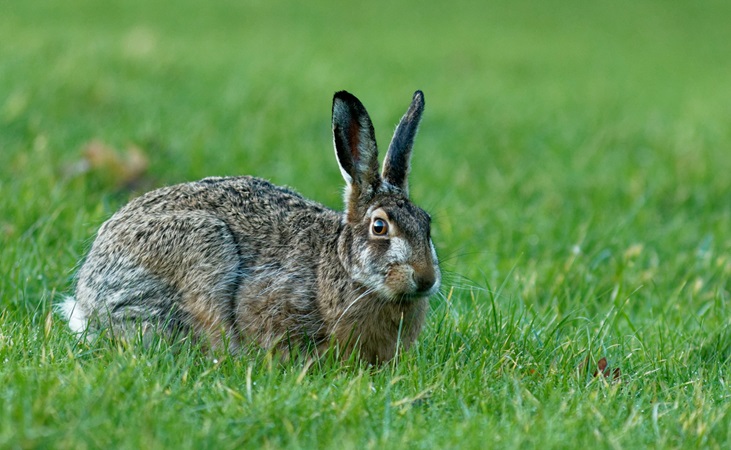
Solutions
Making crops inaccessible to deer or rabbits is the best defence.
- Fencing around crop areas can deter deer; the fencing should be 6-8 foot in height to be effective.
- For rabbits the fencing obviously doesn't have to be as high, but ideally it should be made from chicken wire or hardware cloth. Bury the fencing in the soil to prevent rabbits from burrowing under.
- There are quite a few cat repellent products or solutions out there, so their reputation as a potential nuisance precedes them.
- Electronic or ultrasonic deterrence devices are often debated in terms of how effective they are. The CatWatch Deterrent has one of the strongest reputations when it comes to this area; indeed it's got a seal of approval from the RSPB (Royal Society for the Protection of Birds).
- You can also use sprays or pellets which emit a smell to deter grazing wildlife.
- Pepper dust (made from ground black peppers) is sometimes used to deter dogs and cats.

Catwatch Ultrasonic Cat Deterrent
View Product
Aphids
Aphids (also called plant lice, greenfly, whitefly, and blackfly among other names) are among the most destructive insect pests to garden plants in our region of the world. They are tiny insects that form huge colonies and cause havoc in the vegetable garden.
Aphids are sap-eating insects that will feed on just about any plant in the garden. As an unpleasant bonus, their saliva is toxic to plants and they often transmit diseases. Plants affected by aphids will display a lack of vigour, yellowing foliage, leaf curl, stunted growth, and very low yields.
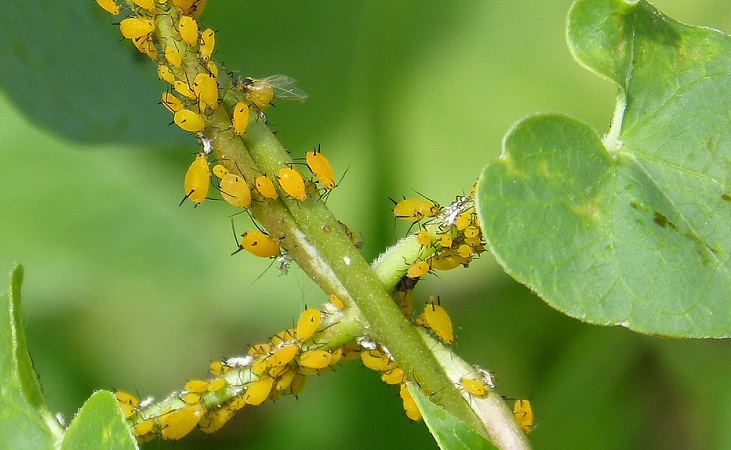
Solutions
- Ladybirds and wasps are natural predators and feed on many different species of insect pest - including aphids - but leave plants alone.
- Hand-squishing aphids may not sound like the most pleasant of jobs, but it is a good way of tackling an infestation. Look for the small insects on the underside of leaves.
- Using a jet spray of water can also wash them off plant leaves.
- Results can also be achieved with organic sprays, such as surfactants or garlic sprays.
- Trap or 'bait crops' can be grown to lure aphids away from other crops that you value more highly.
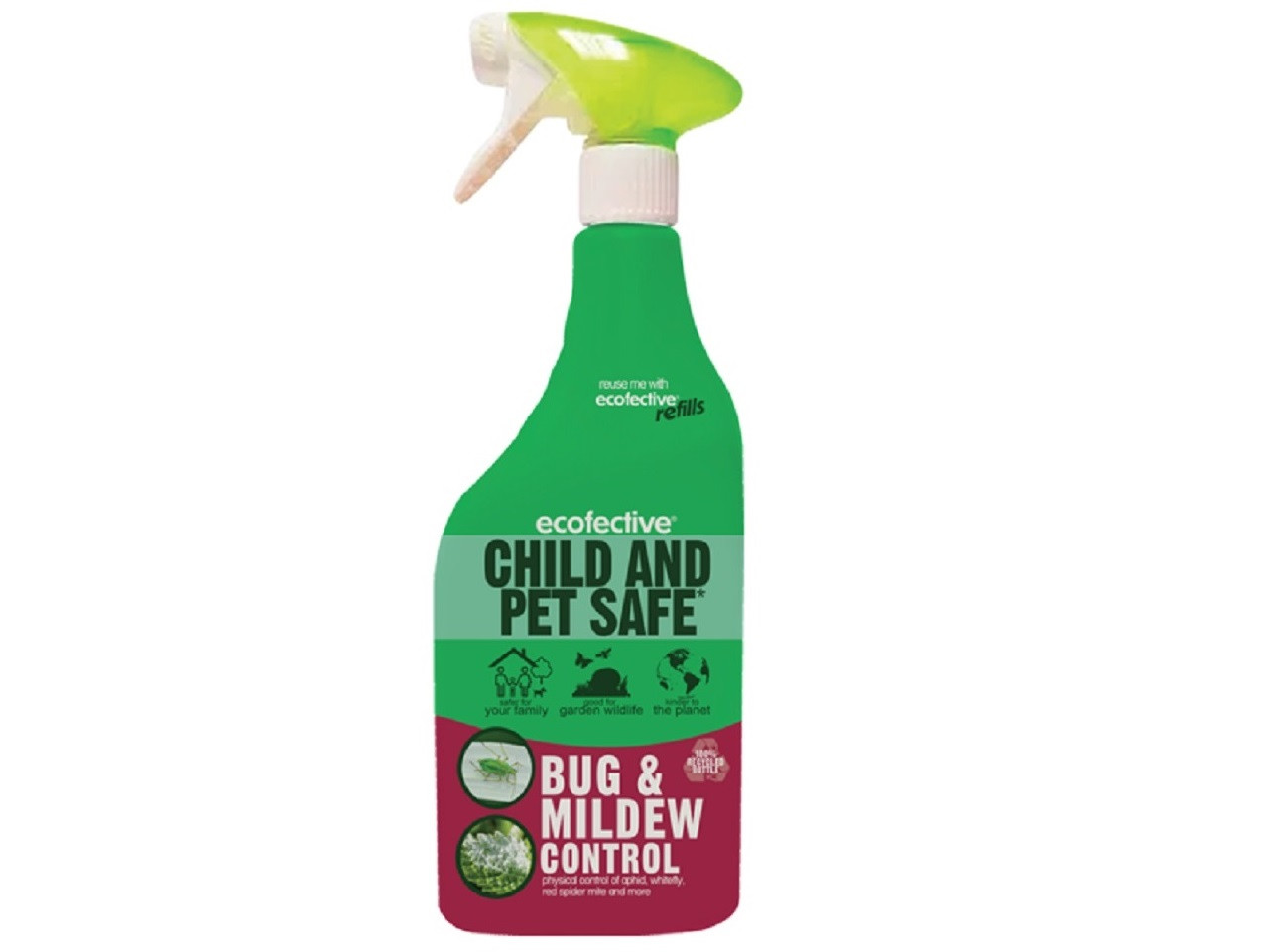
Ecofective Bug & Mildew Control 1 Litre
View Product
Birds & Butterflies
Shortly after sowing seeds, birds and butterflies can become a problem. Making it difficult for birds to access your vegetable garden will stop them from destroying it.
It would take a heart of stone to describe butterflies as 'pests', but nonetheless their eggs turn into caterpillars which can decimate cabbage plants etc.
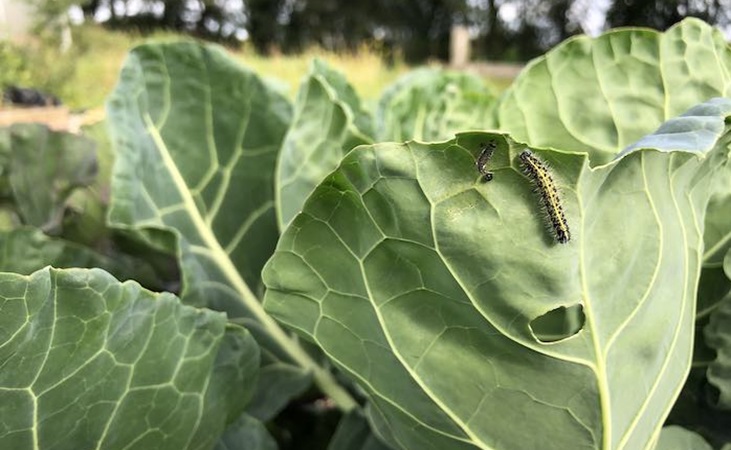
Solutions
- Some mesh netting placed across freshly planted seeds or seedlings will keep birds away and give your garden a chance.
- Bird netting will also prevent butterflies from laying their eggs on your crops. The netting can be laid directly on the area that has been planted, but it should be placed on supports to raise it off the plants once they start growing.
- There are many 'bird scare' methods (including the trusty scarecrow) that each have varying levels of effectiveness.
- Bird scare line can be strung around crops, the line hums slightly with the wind and emits a slight vibration that deters birds; video and audio tape can be used for this purpose also.
- Hanging various small reflective items like old CDs or bits of foil on a line also works but the birds can become used to them if their positioning is not changed periodically.

Bird Netting Loose - 2m wide - 17mm x 17mm Mesh
View Product
Cabbage Root Fly
The cabbage root fly is a small grey fly, resembling a small house fly. It lays its eggs at the base of brassica seedlings. The eggs hatch into maggots and then burrow down to feast on the new roots of your plants. Plants will then become discoloured, and will start to wilt due to the damaged roots.
Identifying the cabbage root fly can be done by digging up the plant and visually inspecting the roots.
Solutions
- The good news is that these are one of the easier garden pests to control: a cabbage collar or similar piece of material placed around the base of a plant will prevent the fly's maggots from reaching it's roots.
- Micromesh or Enviromesh netting placed over your cabbage crops (or attached to a plant protection frame) is very effective in preventing cabbage root fly damage. The plant has sturdy leaves, so there shouldn't be an issue in placing the mesh directly over and weighing down the sides with stones.

Cabbage Plant Protection - 20 Cabbage Collars
View Product
Cabbage White Butterfly
The caterpillar of the cabbage white butterfly can cause extensive damage to all brassicas, stripping leaves and tunneling into roots. The butterfly lays her eggs on the underside of brassica leaves, and once hatched the caterpillar starts eating right away.
The eggs are yellow and will be under the leaves out of sight.
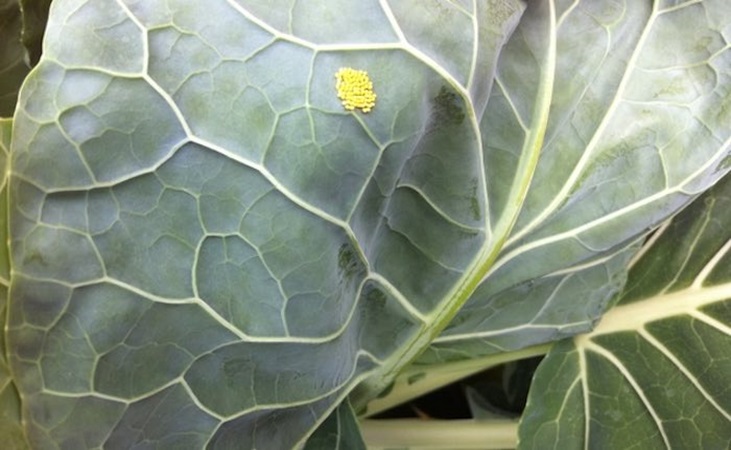
Solutions
- Vigilantly remove caterpillars and eggs.
- Protect plants with netting or mini polytunnels.
- Encourage predatory birds by hanging feeders nearby.

Brushed copper Mini Nyjer Feeder
View Product
Cabbage Whitefly
The Cabbage whitefly is an aphid (like a greenfly, except white). It is less troublesome than other cabbage pests, but worth keeping an eye on. The adults are tiny white insects which you’ll find on the underside of the leaves. They produce a sticky substance called ‘honeydew’ which will probably cause a grey mould later.
Solutions
- Remove any yellowing leaves at the base of the plant as they may be harbouring aphid eggs.
- You can wash off whitefly, honeydew and grey mould with a strong jet of water.
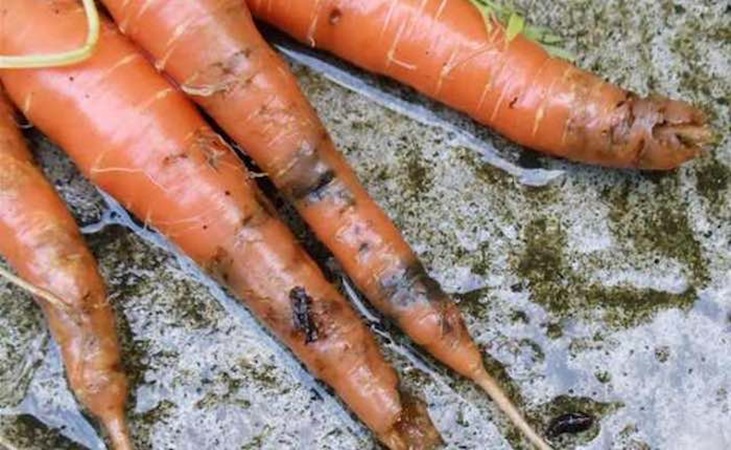
Carrot Fly
Carrot root fly is the most common pest affecting carrots and parsnips, as well as other related plants like parsley and celery. It is a small black fly which lays its eggs in May-June or August-September around the base of the carrot.
When the eggs hatch the maggots tunnel into the roots, making them unusable and finally causing them to rot. The maggots will enter the whole root vegetable and leave it full of holes, allowing bacteria and other organisms to enter and spread throughout the vegetable - making it totally unusable for anything.
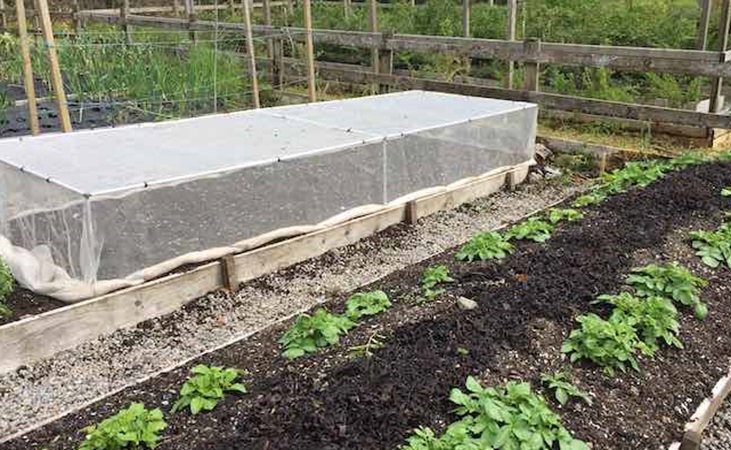
Solutions
- The carrot fly is attracted by the smell of the foliage, which is particularly strong when you thin carrot seedlings. It is a good idea to try to sow your carrots as close as you can to the required spacings to avoid thinning as much as possible. You will have to do some thinning, but try to do this on a windy day so the smell of the bruised foliage is carried away. Make sure not to leave thinnings near the plants, but dispose of them away from the vegetable garden.
- The low flying insect can be deterred by using fine mesh netting (as above) or polythene screens.
- The planting of strong-smelling masking plants like onion and chives around your carrot beds is a very good tried and tested idea. They will mask the carrot smell which attracts the fly.
- If caught in the very early stages of infestation, the affected parts of the vegetable may be able to be cut away and the rest used, if only for animal feeding.

Insect Mesh Netting - 3.6m x 3m
View Product
Cutworms
Cutworms are fond of peppers, tomatoes, cabbage and other brassicas. They get their names because the hungry moth larvae feed on the roots and stems of vegetable plants in mid to late summer. The entire plant will wilt or get cut off at the base.
Solutions
- Cultivate the soil throughout the season by hoeing and weeding to prevent further pupation and expose the larvae.
- Cutworms (as well as the adult moth) play a role in garden biodiversity, encouraging natural predators can keep the population at tolerable levels.
- Fleece, mesh or collars can protect against cutworm damage.

Rodents
Rodents like mice, squirrels, voles, moles, and rats can be a nuisance in the vegetable plot, but can be easily prevented.
Mice and voles are active all year round and will feed on germinating seeds, plant stems, tree bark and stored produce. Rats will eat almost anything, and can find a nice steaming compost heap particularly attractive.
Solutions
- Trapping or the introduction of a cat will discourage rodents.
- Barriers work well most of the time.
- Although subject to much debate, electronic devices that emit multi-frequency noise can be part of an effective prevention plan.
- Prevention techniques such as clearing or blocking any areas that rodents could nest like - in long grass or beneath a porch - work well.

Supercat Rat Trap
View Product
Slugs & Snails
Slugs and snails have a presence in every garden, and cause more damage to vegetable crops than most other pests. Controlling this menace is an on-going battle for all gardeners, and it seems that it is impossible to be free of them. Slugs and snails can destroy foliage faster than the plants can grow.
They mostly come at night (mostly), damaging foliage, roots, stems and bulbs before retreating out of sight in daylight. What makes them so formidable is that they are hermaphroditic, and lay their eggs only a few days after reproduction. They lay an average of about thirty eggs and these can lay dormant in the soil for years.
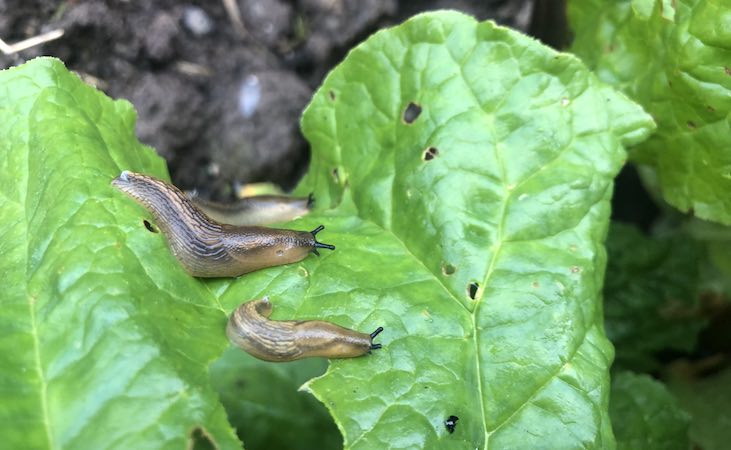
Solutions
It can be quite a messy business getting rid of them, but there are some effective methods and products to consider.
- Beer traps, copper barriers and ferric phosphate-based pellets will have some impact.
- Encouraging birds and frogs (their natural predators) to the garden will help to keep the population at bay. This can be done via bird feeders or the addition of a garden pond.
- You can hunt them down at night with a torch and physically remove them.
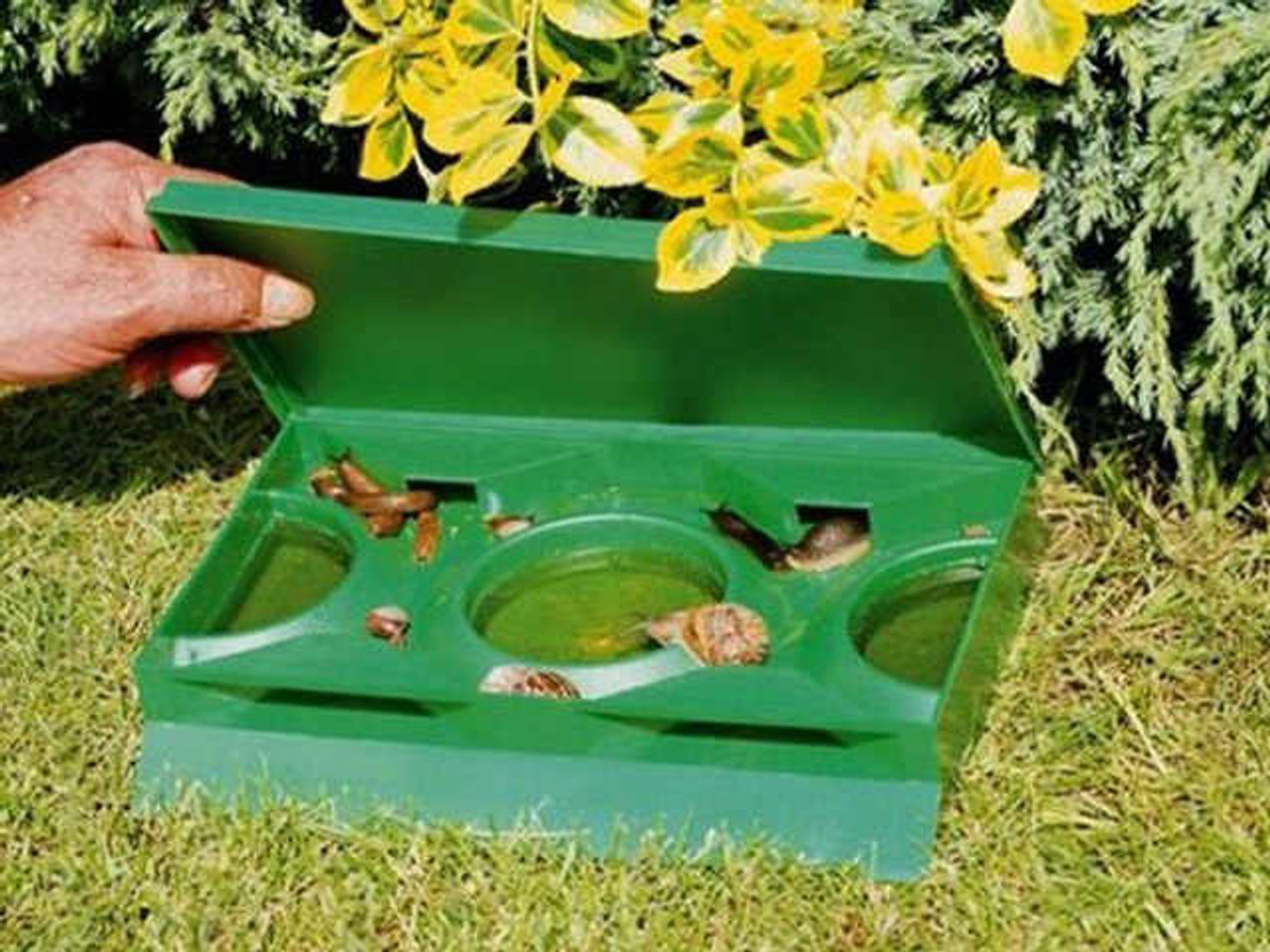
The Slug-X Beer Trap
View Product
Spider Mite
Spider mites are sap-sucking insects that cause damage to foliage in greenhouse plants like tomatoes and cucumbers. Spotting an infestation of these pests is easy enough: leaves will start to yellow and you will see very fine spider webs under the leaves and on the stem.
Solutions
- Spider mites thrive in warm, dry conditions, so increasing humidity levels (e.g. by misting within a greenhouse) can stop them from reproducing and halt an infestation.
- Frequent applications of soapy fatty acid solutions will help control the spread of the mite.
- Remove heavily affected plants, stems etc where possible.
- Give your greenhouse a thorough clean and clearing out before spring to take care of overwintering mites.
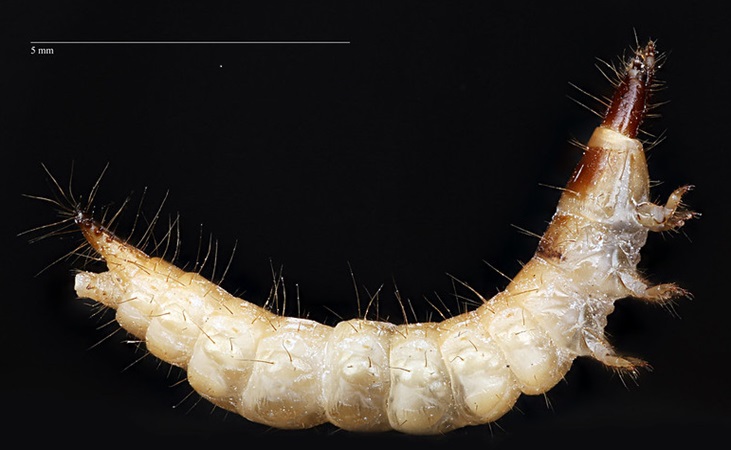
Wireworm
The larvae of click beetles are laid into the soil in late spring, and when grown they can cause damage to roots and tubers; particularly potatoes. Plants will become yellowed and wilted, and may cease to grow altogether.
Solutions
- There is no treatment for this pest outside of insecticides, and preventative action is achieved by physically inspecting and removing them.
- Turning the soil to expose the wireworm to other predatory wildlife is recommended.
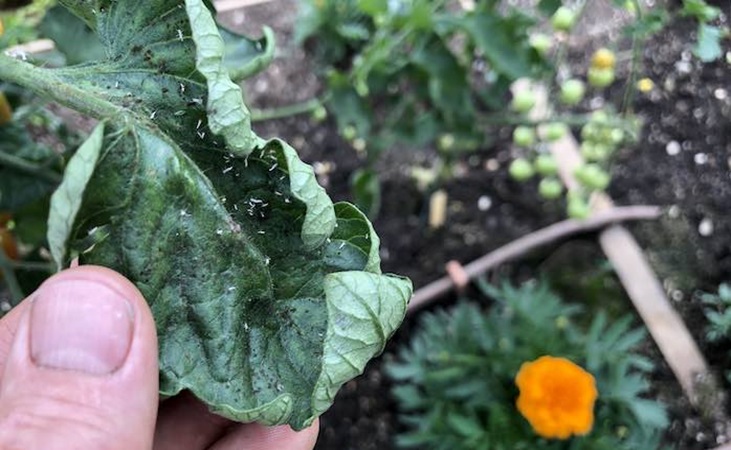
Whitefly
Whitefly are a number of species of tiny white insects that feed on plant foliage; the larvae leave a sticky deposit behind which can cause mould. They fly from plant to plant, and can ravage an entire greenhouse or polytunnel.
Solutions
- Hanging sticky traps are an effective method for capturing adult whitefly, as well as other flying insects.
- Regular spraying (every 2-3 days) with a soapy or seaweed-based solution, with particular concentration paid to the undersides of leaves.
- Encouraging the presence of spiders can also help to curtail them.
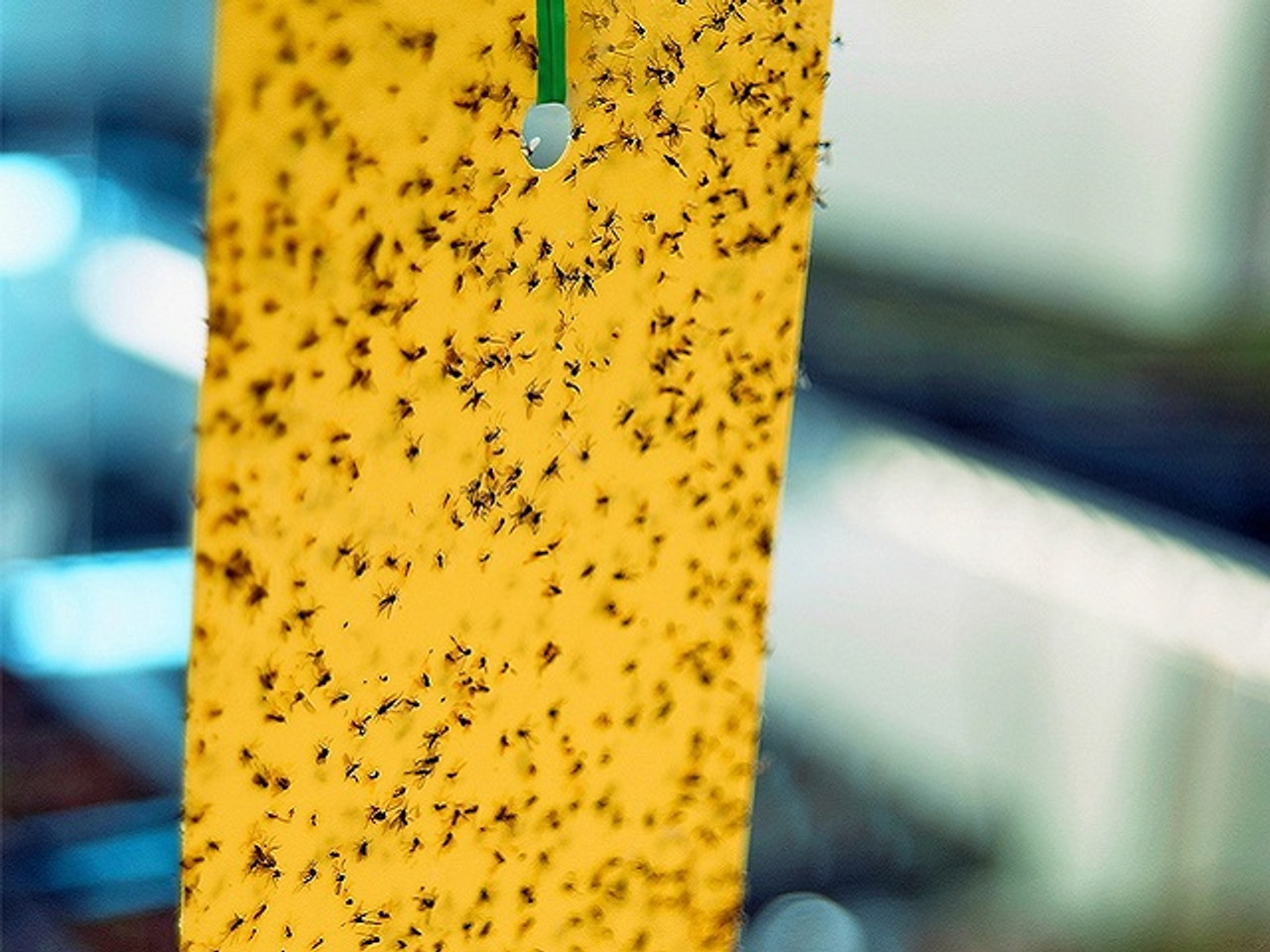
Yellow Sticky Traps x 5
View Product
Photo Credits:
Wireworm with scale: Macroscopic Solutions (Flickr, CC 2.0)


